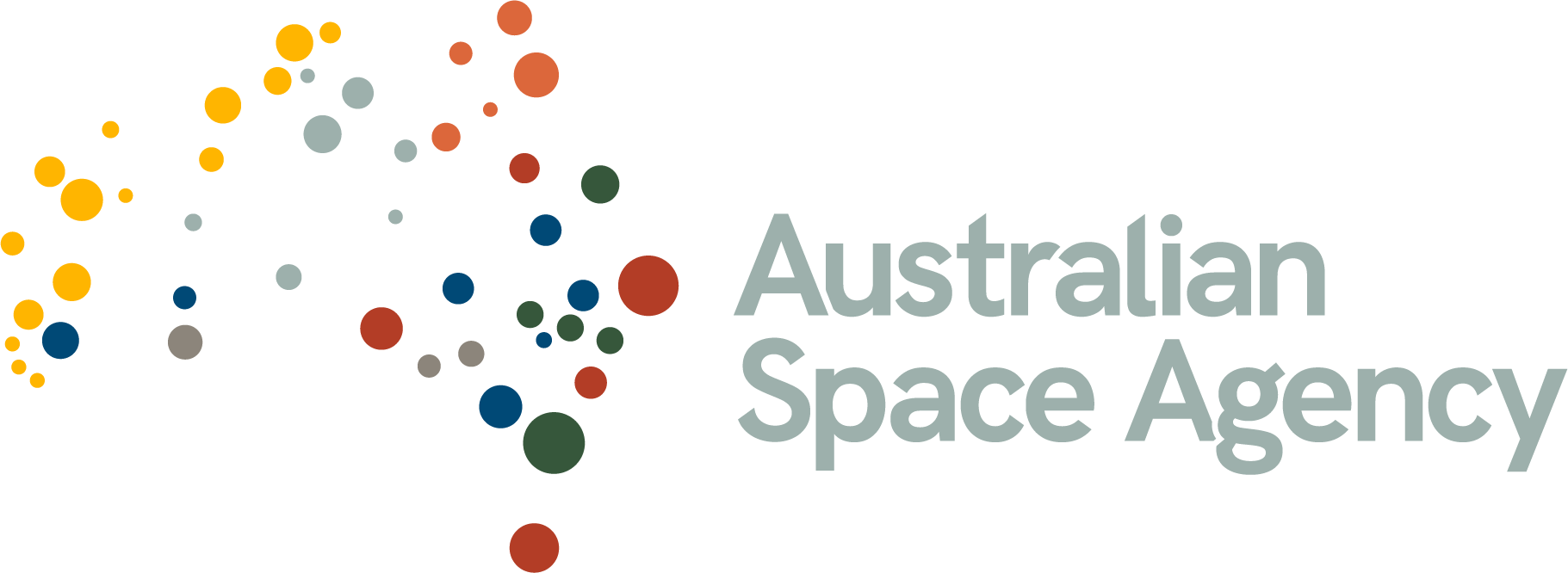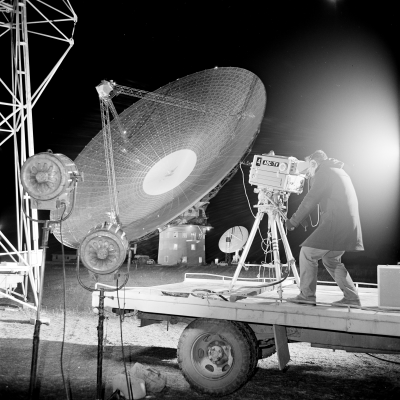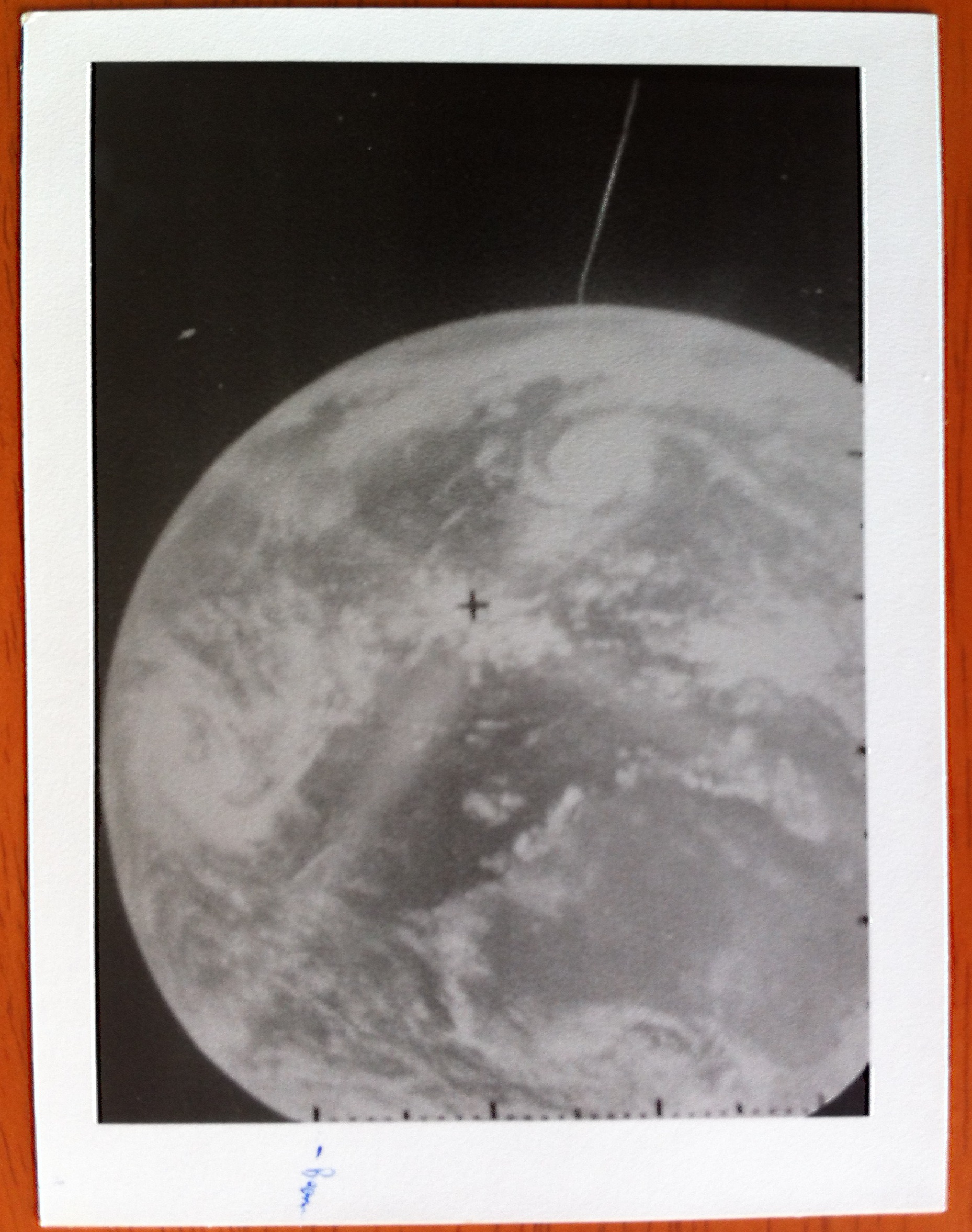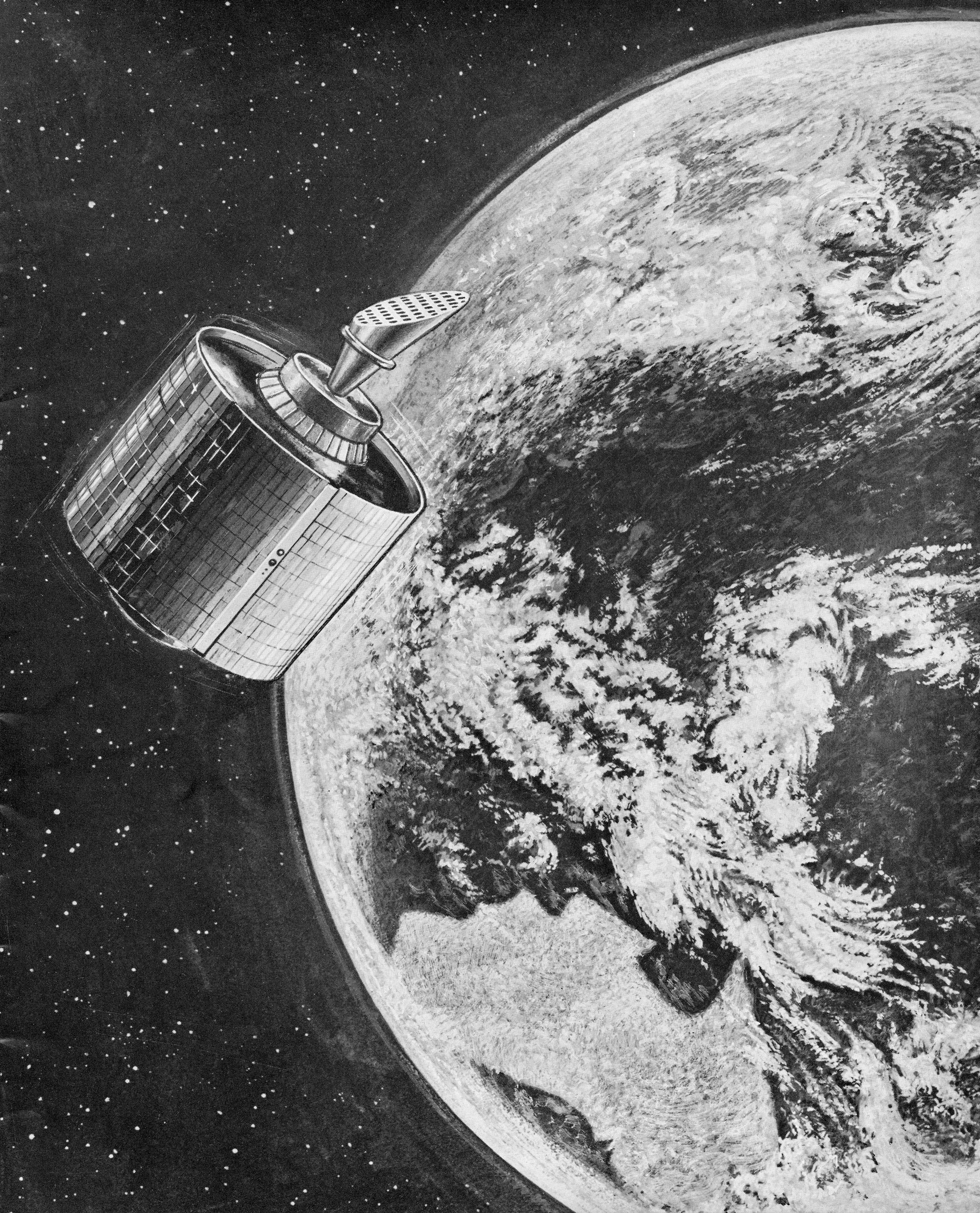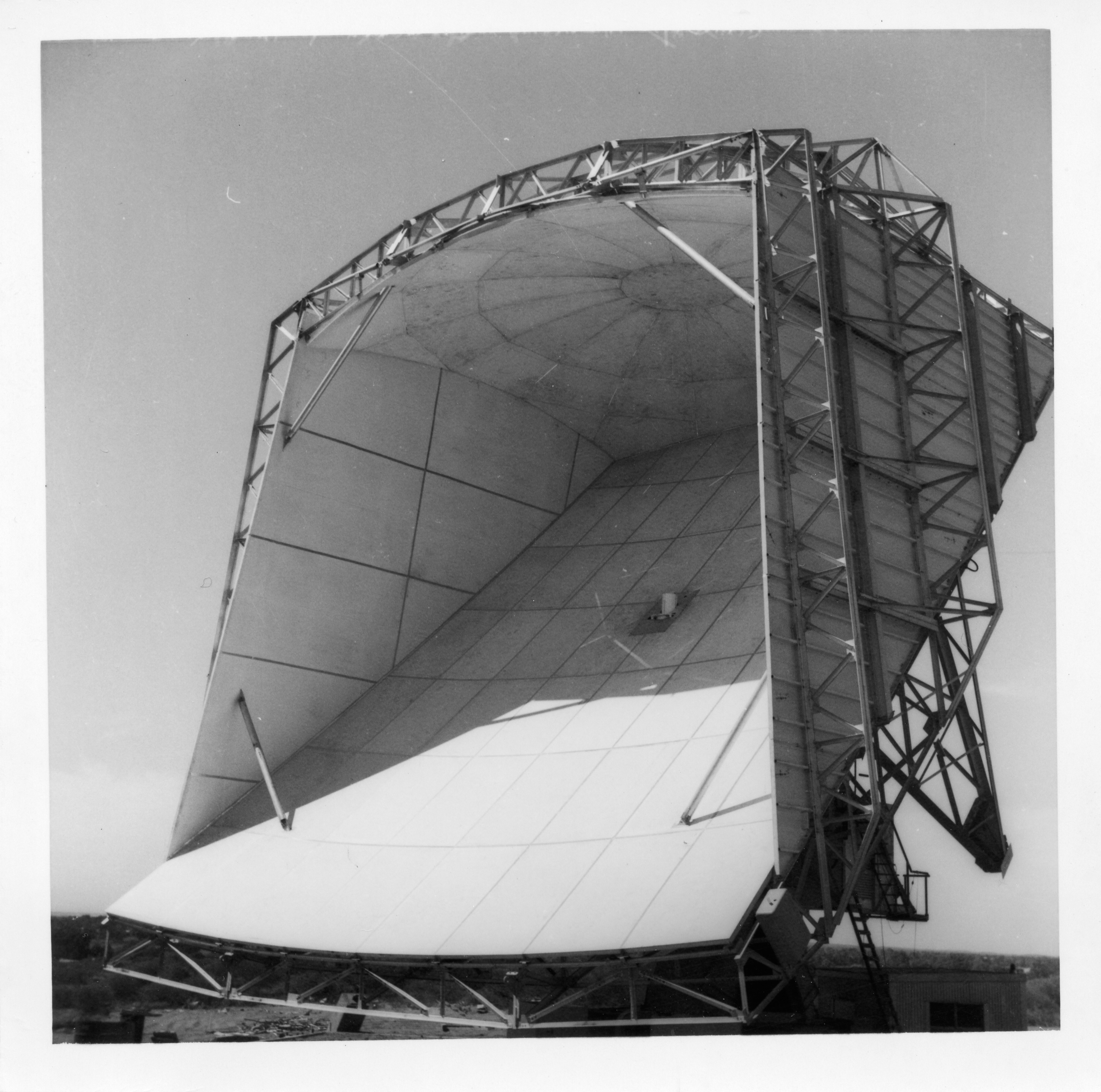Australia's space heritage is multi-faceted and fascinating.
From the first space race until today, Australia has been a trusted partner in the establishment of the global space sector.
When the first International Astronautical Congress (IAC) was held in 1950, space travel was still science fiction. But from the moment the Space Age began, Australia was part of several generation defining endeavours.
Australia: A gateway for space activities
Over the past 75 years, Australia’s geographic location, its vast open spaces and its talent for innovation have made it an ideal location for space-related activities.
As the world counts down to the next IAC in Sydney this September, the Agency’s new series will explore some highlights of Australia’s rich space history.
In the 1950s, Australians were fascinated by media reports of the space futures envisaged at the early IACs. When fiction became fact in 1957, the Woomera Rocket Range became the hub of Australia’s space activities. The early years, from the 1950s to 1970s, laid the foundation for the nation’s space capabilities and expertise.
Let's revisit some of Australia’s early space activities that contributed to the growth of the global space sector.
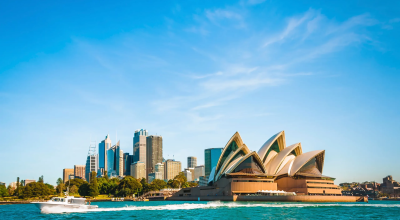
IAC 2025 | Don't miss out
Register to be part of the world’s leading space event in Sydney this September.
"Australia is a space-minded nation”
Factbox #1
"Australia is a space-minded nation”
- The International Geophysical Year (IGY) was a global scientific research program operating across 1957-58. The United States and the Soviet Union both planned to launch satellites during this period.
- Australia hosted two tracking stations at Woomera, in South Australia, to support the US satellite program. This marked the beginning of space tracking in Australia, our longest continuous space activity.
- Australian and British sub-orbital rockets were launched from Woomera to explore the upper atmosphere and the fringes of space as part of the IGY.
- When the world’s first satellite, Sputnik-1, was launched, the IGY tracking stations and Australian Moonwatch amateur groups played an important role in tracking it.
- The Australia, New Zealand and United States Security Treaty (ANZUS) was signed in 1951, to ensure peace and security in the Pacific region.
- Television came to Australia in 1956, just in time for the Melbourne Olympic Games.
- The world’s first satellite, Sputnik-1, was launched by the USSR on 4 October 1957. The launch was formally announced at the 8th IAC in Barcelona a few days later.
- CSIRO’s Parkes Radio Telescope was opened in 1961. It was the world’s largest fully steerable radio telescope, 64m in diameter.
From the archives
Images sourced through Trove.
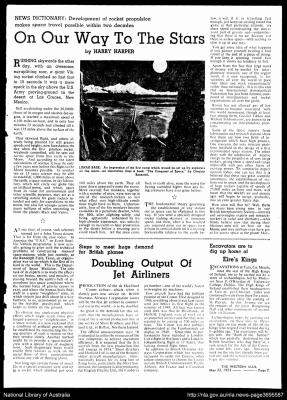
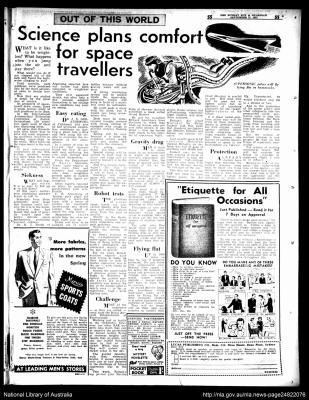
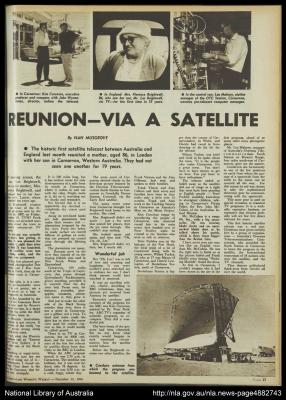
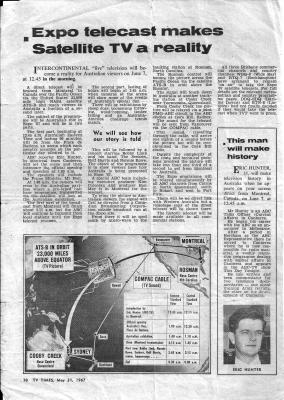
Australia — A launchpad for European space ambitions
Factbox #2
Australia — A launchpad for European space ambitions
- The European Launcher Development Organisation (ELDO), a predecessor of the European Space Agency, used Woomera for test launches of its Europa satellite launcher.
- Australia became an ELDO member alongside the United Kingdom, France, West Germany, Italy, Belgium, and the Netherlands
- Ten Europa launches took place at Woomera between 1964 and 1970.
- The United Kingdom tested its own satellite launch vehicle, Black Arrow, at Woomer a between 1969 and 1971. The fourth launch, in October 1971, successfully placed Britain’s Prospero satellite in orbit.
- In 1964, Donald Campbell CBE became the only man to break the world land and water speed records in the same year, setting both records in Australia.
- “Beatlemania” swept Australia in June 1964, when the Beatles arrived for a tour of four cities, as part of their world tour.
- Australia introduced decimal currency in February 1966, replacing pounds, shillings and pence, with dollars and cents.
- In 1967, Australians resoundingly voted to change the Constitution so that our First Nations peoples would be counted as part of the population and the Commonwealth Government could legislate for them, which had a long-term flow-on effect throughout the country.
Australia’s first satellites lift off
Factbox #3
Australia’s first satellites lift off
- Australia was one of the earliest nations to launch its own national satellite. WRESAT-1 was developed by the Weapons Research Establishment, which managed the Woomera Range.
- Using a launch vehicle donated by the United States, WRESAT lifted off from Woomera on 29 November 1967. Battery-powered, it operated for five days.
- Students as the University of Melbourne constructed the first amateur radio satellite outside the United States, as part of the Orbital Satellite Carrying Amateur Radio (OSCAR) project.
- Australis-OSCAR 5 was launched from the US in March 1970. Made from easily sourced parts, like steel tape for antennae, it had many innovative features.
- “Our World” became the world’s first global satellite broadcast in June 1967. Australia participated in three segments of the program.
- Internationally successful folk-influenced pop group The Seekers were named Australians of the Year for 1967.
- General Motors Holden (GMH) introduced its classic Monaro high-performance vehicle. The car gave GMH its first win at the Bathurst 500 touring car race.
- The Indian Pacific passenger train made its inaugural journey in 1970, marking the completion of the east-west standard gauge railway across Australia. The trip from Sydney to Perth covers 4,352kms.
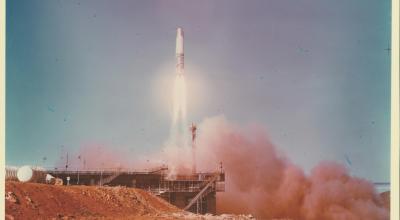
Australian space milestones
Learn about the key moments in Australia’s rich space history starting in the late 1950s and including the launch of the Australian Space Agency in 2018.
For over six decades, Australia has supported NASA
Factbox #4
For over six decades, Australia has supported NASA
- By 1969, Australia was host to the largest number of NASA tracking stations outside the US. It supported the agency's three networks for planetary exploration, human spaceflight and Earth-orbiting satellites.
- In July 1969, NASA’s Honeysuckle Creek station in Australian Capital Territory worked with CSIRO’s Parkes Radio Telescope to bring television coverage of the Apollo 11 Moon landing and the first human steps on the Moon to the world.
- Honeysuckle Creek and Parkes would also play crucial roles during the Apollo 13 emergency in 1970, helping in the rescue of the stricken spacecraft.
- Across the 1960s and early 70s, NASA’s deep space stations at Island Lagoon (SA) and Tidbinbilla (ACT), play important roles in the exploration of the solar system, supporting projects including the Mariner missions to Mars and the Pioneer 10 and 11 missions to Jupiter.
- Queensland Senator Neville Bonner was the first Aboriginal person elected to federal parliament in1972.
- The Sydney Opera House was officially opened by Queen Elizabeth II in 1973.
- The federal voting age was lowered from 21 to 18 in 1973.
- Australia officially adopted the metric system in 1974, but the conversion process was staged over several years from the late 1960s.
Supporting planetary probes in the 1970s
Factbox #5
Supporting planetary probes in the 1970s
- Activities at Woomera were wound down during the 1970s, with sounding rocket activities ceasing in 1979.
- NASA’s Honeysuckle Creek and Carnarvon (in Western Australia) tracking stations supported the Skylab space station missions during 1973-74, while Orroral Valley (ACT) supported the historic Apollo-Soyuz US-USSR joint mission in 1975.
- In 1974, Honeysuckle Creek became a deep space station, joining Tidbinbilla in supporting missions to Mercury, Venus, Mars, Jupiter and Saturn across the 1970s.
- NASA’s Skylab space station disintegrated as it re-entered the atmosphere spreading a trail of debris across Western Australia and the Indian Ocean.
- Free university was introduced in 1974.
- The Australian Broadcasting Commission launches its first youth-focussed radio stations 2JJ (Sydney) and 3ZZ (Melbourne) in 1975.
- The first Mardi Gras parade was held in Sydney in 1978.
- Cult classic film Mad Max was released in 1979.
From the archives
Images courtesy honeysucklecreek.net.
Click on the images to read their descriptions.

IAC 2025 | Don't miss out
Register to be part of the world’s leading space event in Sydney this September.
This article was co-authored by Kerrie Dougherty OAM.
Kerrie works at the Australian Space Agency's Space Policy branch as a Senior Heritage and Outreach Officer.
Main image caption: A television crew member filming a segment at CSIRO’s Parkes Observatory for the TV show Our World.
Main image credit: CSRIO
